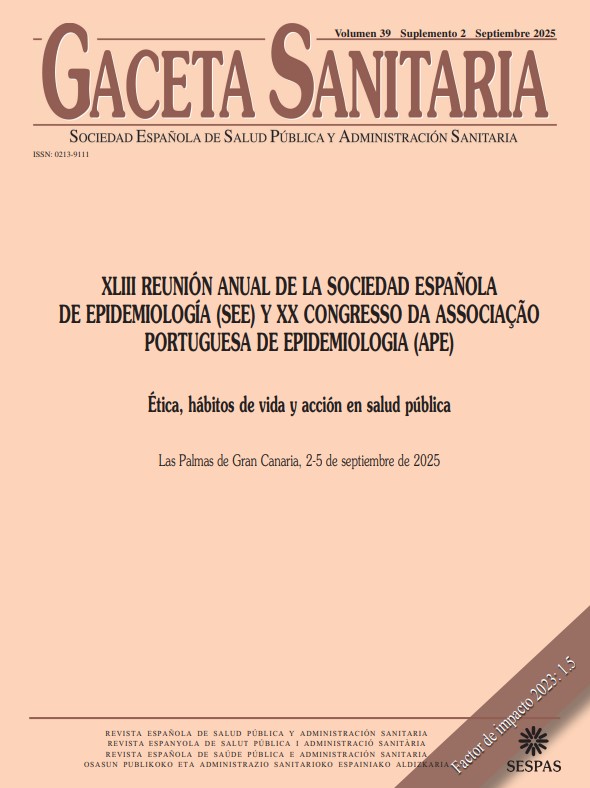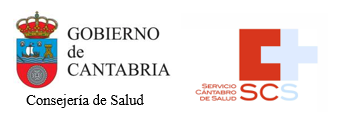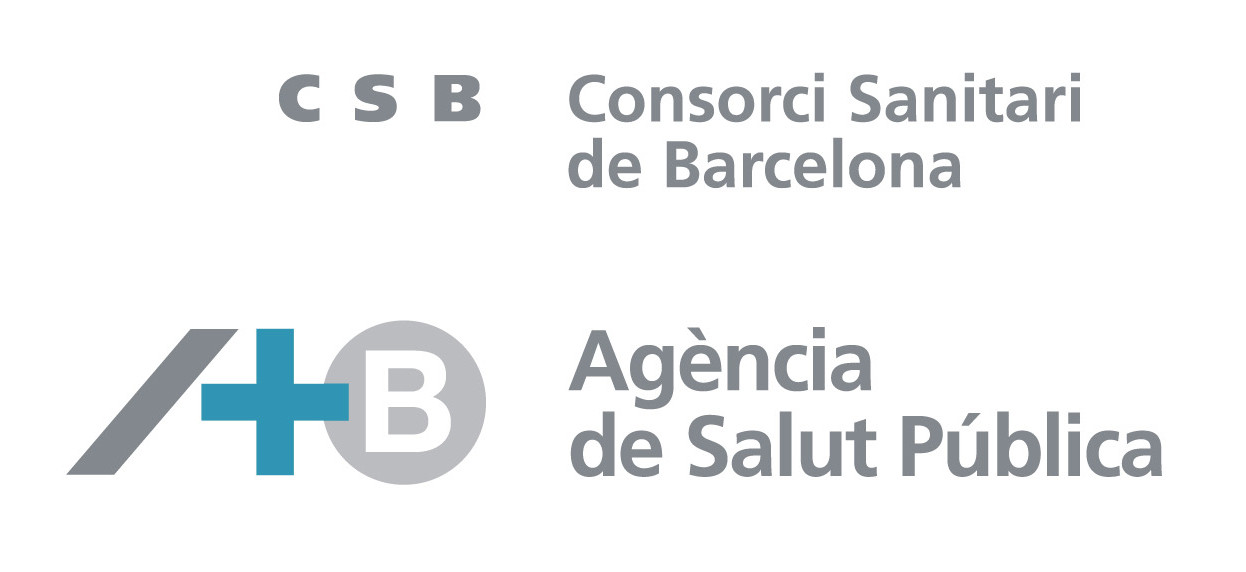564 - CULTURALLY ADAPTING THE DIABETES PREVENTION PROGRAM TO THE SPANISH PRIMARY CARE USING IM-ADAPT
Grupo de Investigación de Salud Global, UIB; IdISBa.
Background/Objectives: Spain has the highest prevalence of type 2 diabetes (T2D) in Europe, affecting 14.8% of adults. Although the Spanish National Diabetes Plan mandates screening and prevention of T2D, implementation of effective programs remains insufficient. The Diabetes Prevention Program (DPP), a 12-month lifestyle modification program developed in the U.S., has been shown to significantly reduce T2D risk in individuals with prediabetes by 58% over 2.8 years, compared to metformin or no intervention. However, its successful implementation in Spain requires cultural and contextual adaptation. This study aimed to systematically adapt the DPP to the Spanish Primary Care (PC) setting using Intervention Mapping to Adapt (IM-ADAPT), ensuring cultural and contextual relevance while preserving the program’s core components.
Methods: We applied Steps 1, 3, and 4 of the IM-ADAPT process. In Step 1 –Assess needs and assets of the new population and setting– we conducted 3 focus groups with people with prediabetes to explore key behavioral and environmental conditions and their determinants to inform the logic models of the problem and change. We also assessed PC capacity to implement (i.e., availability of resources, structure and workforce) through a focus group and a survey of healthcare professionals. In Step 3 –Assess fit and plan adaptations– we developed the logic model of the DPP and compared it with the logic model of change from Step 1 to identify which elements to retain, adapt, or culturally tailor based on contextual needs. In Step 4 –Make adaptations– we developed the necessary modifications and pre-tested the material to ensure feasibility and cultural relevance.
Results: Culturally adapting the DPP involved modifications to delivery, design, and cultural aspects. To align with PC Center capacity, the program was shortened to 9 months, with healthcare professionals assuming the role of coaches. Materials were translated into Castilian Spanish and design features were modified to ensure relevance to the local population. Dietary and physical activity advice reflected Spain’s Healthy and Sustainable Dietary Recommendations. Finally, asset mapping for health resources and active involvement of participants' support network in specific sessions were added to the intervention to further address barriers to lifestyle modification.
Conclusions/Recommendations: IM-ADAPT provided a systematic approach to culturally adapting the DPP for the PC setting. The adapted intervention maintains the DPP’s core components while making it feasible and culturally relevant. Future steps include assessing its effectiveness and implementing it in the PC setting.
Funding: Instituto de Salud Carlos III.















